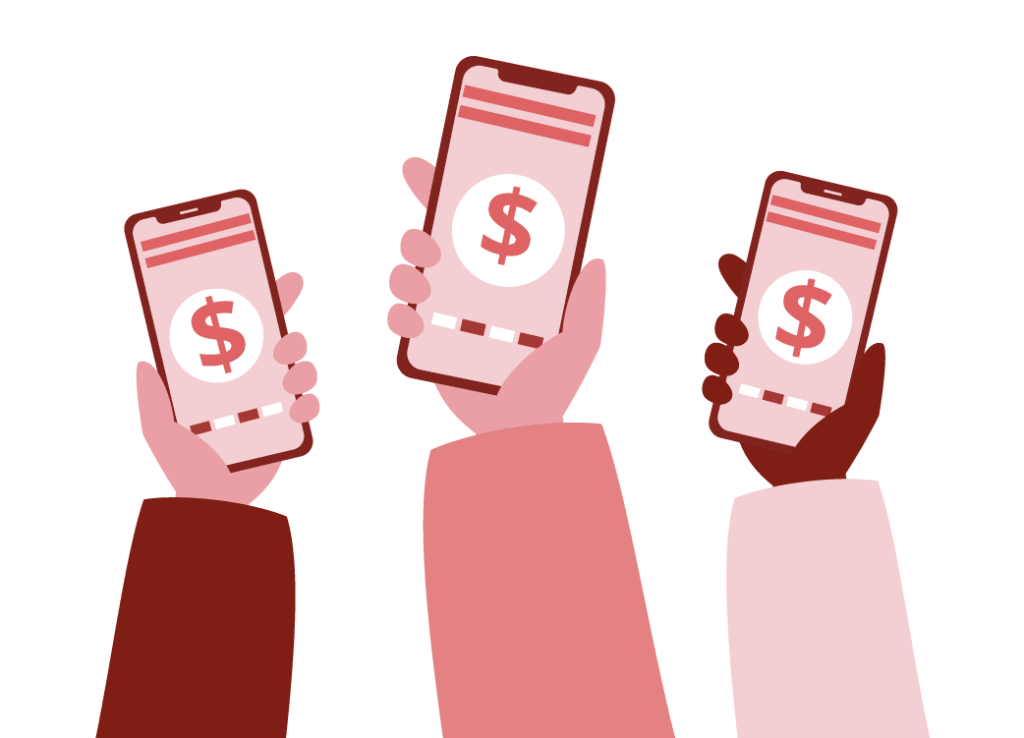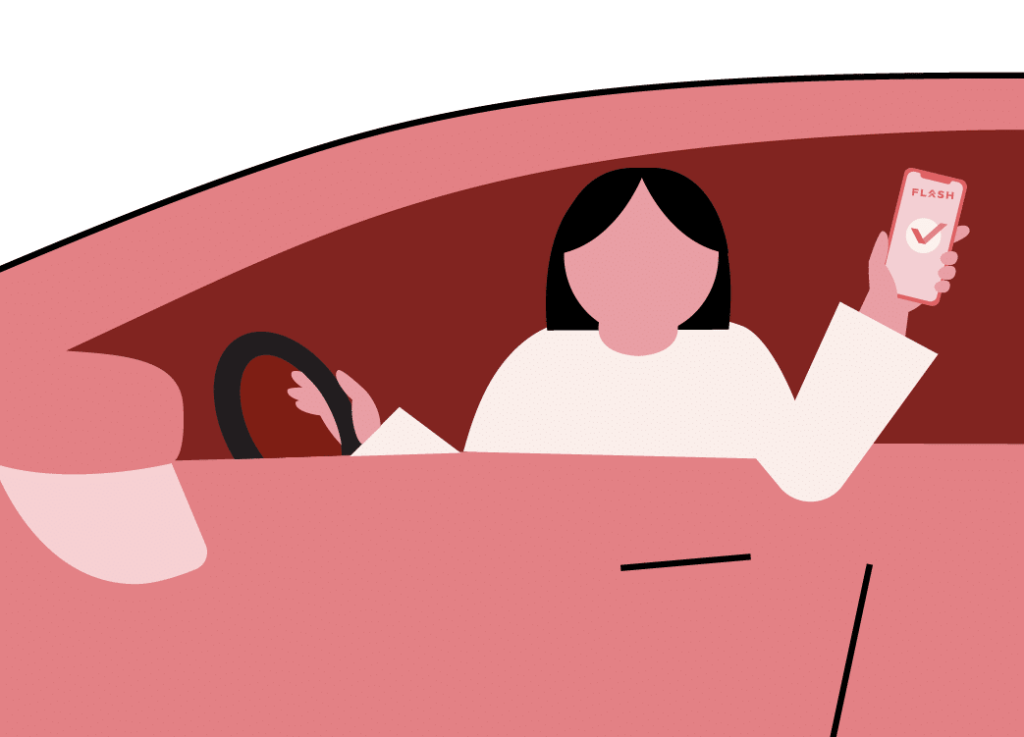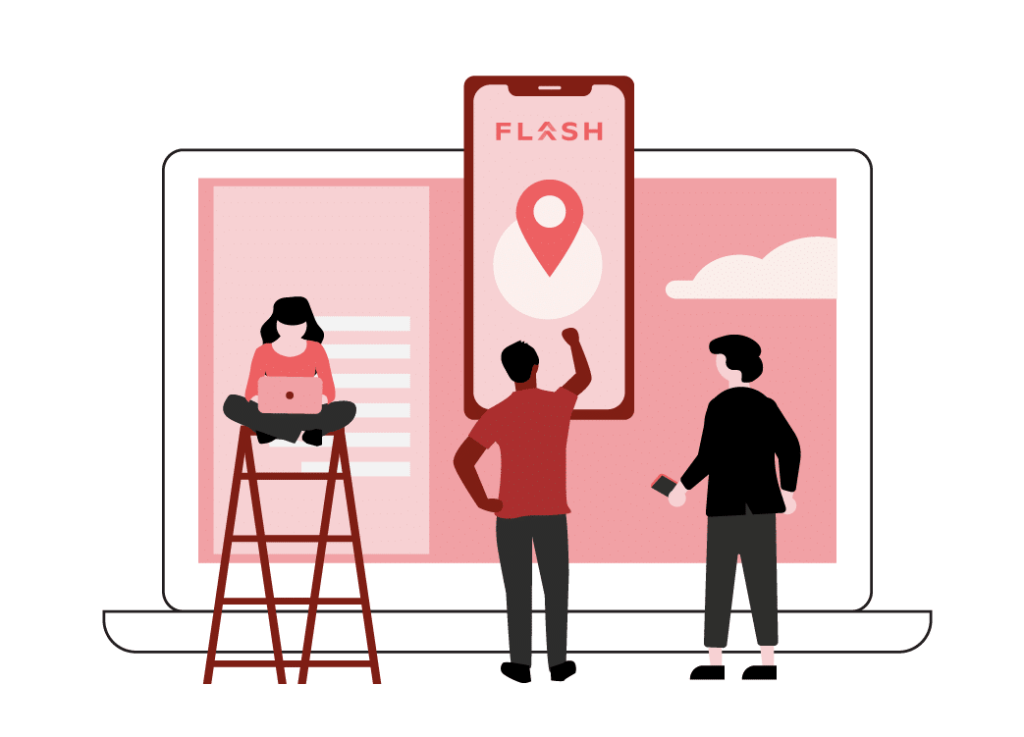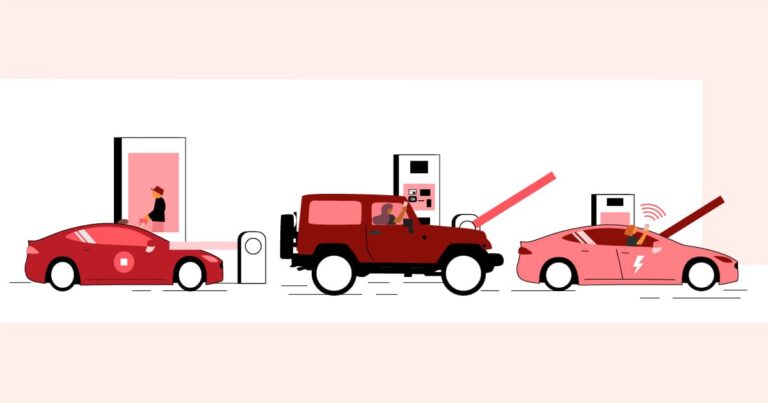Take a second to imagine life post-pandemic. In an idealized year from now, we will safely be able to walk about and enjoy our favorite activities—perhaps doing so while maskless. However, as some things may return to normal, others will have been permanently altered. Contactless payments are an example of one such thing. According to a Global Payments report, 74% of consumers state they’ll stay contactless even after the pandemic.
Contactless payments are simply one example of how consumers are increasingly transacting via digital payments. While many industries continue to innovate and introduce digital payment options through mobile and other integrations, mobility remains one foot behind. On the one hand, you have plenty of innovations for digital payments with last-mile consumer ride-share and micro-mobility services. On the other, parking payments lag the group as some operators struggle to adapt from legacy systems.
Consider that only under 10 percent of parking operators have adopted digital payments. That leaves the majority of operators—the proverbial iceberg under the water—primed for updates. For those that do make a bold switch to digital payments, like Parkway, Flash is able to do the heavy lifting to make it possible.

Where We Are Now—How Mobility Has Benefited From Digital Payments
Ride-sharing is the go-to for short to medium distances within urban environments. These services have innovated the way people pay for transportation. They’ve eliminated handing cash to drivers or even speaking to your driver. A person could have the entirety of their journey and transaction determined before getting into the vehicle.
Beyond ride-sharing, cities are committing to digital payments as a method to inspire sustainable mobility. Visa’s Global Urban Mobility team has contributed to implementing tap-and-go and mobile payment systems for public transportation worldwide. This increased ease of transacting has reduced the hassle of public transit, contributing to smart cities with sustainable mobility.

How the 10 Percent of Operators Embrace Digital
While the rest of the mobility landscape adopts tap-and-go, mobile, and contactless payments, where does that leave parking?
Because cars, the act of driving, and parking have all historically remained the same in terms of process, the parking industry has not felt a deep need to embrace new technologies. It has only been in the past decade that this paradigm has shifted. The advent of smartphones, smart cars—and smart everything—has changed what consumers expect in a given transaction. It’s merely the 10 percent of parking operators that have realized this and have made the necessary steps to adjust.
While there are numerous benefits to adopting digital payments, three are prominent: ease for the customer, smarter business intelligence, and smarter integrations.
In many cases, customers see digital transactions as table stakes. This will grow, with the number of people using digital transactions estimated at 6.1 billion by 2023. Parking will eventually be no different—customers will want to save time and energy by not dealing with cumbersome technology or unnecessary interactions. What’s more, the methods of digital payments are expanding.
With Apple and Google Pay, major corporations are creating unique transaction experiences that enable payments without needing a wallet. Studies also show that QR payments will be returning with full force, something the cryptocurrency world may be accelerating due to crypto wallets being accessible by scanning a code.
Operators have also found that when accepting digital payments, valuable customer data is received that isn’t possible with cash or card. Accepting digital payments opens other lanes for information such as email addresses for marketing and easier access to data that shares customer habits. With digital payments, you also have integrations with third-parties. For example, you can connect with parking-finding apps like ParkWhiz to direct people to your door. These eParking reservation services allow somebody to pay for your service because you’re associated with another that they typically use.

How Parkway Prepared for the Future with Digital Payments
Parkway is a Philadelphia-based national organization that was looking to cement its ground as a forward-thinking parking operator. The company faced a challenge: outdated technology and complex operating systems. They surveyed the mobility landscape and found that they were falling behind as customers could do more and more digitally.
That’s where Flash came in. We audited Parkway’s existing system and proposed replacing it with our cloud-based smart parking systems that highlighted contactless and digital payments. This made an impact across each of Parkway’s key customer groups. Monthly parkers could use Bluetooth and license plate recognition (LPR), while transients utilized FlashMotion, allowing for contactless transactions. The result was a success. Since the switch to updated technology with digital payment systems, there have been fewer errors (zero recurring mechanical errors, in fact) and more revenue generation as each transaction was made more efficient.
The Writing Is On the Screen—Audit and Adopt for Digital
Today, it may only be a minority of operators who’ve implemented digital transactions. The near future’s mobility landscape might be markedly different. Operators should take advantage of the data available to make decisions to prepare. The systems are there and available. Our FlashOS systems were able to save Parkway from six-figure infrastructure investments while providing digital payment technology. Do the due diligence to find systems that work for you now, and avoid playing catch-up in the future.
Join the Parking Revolution, Subscribe
to Our Newsletter
We’re disrupting the parking industry because we believe our customers, consumers, and cities deserve better.

